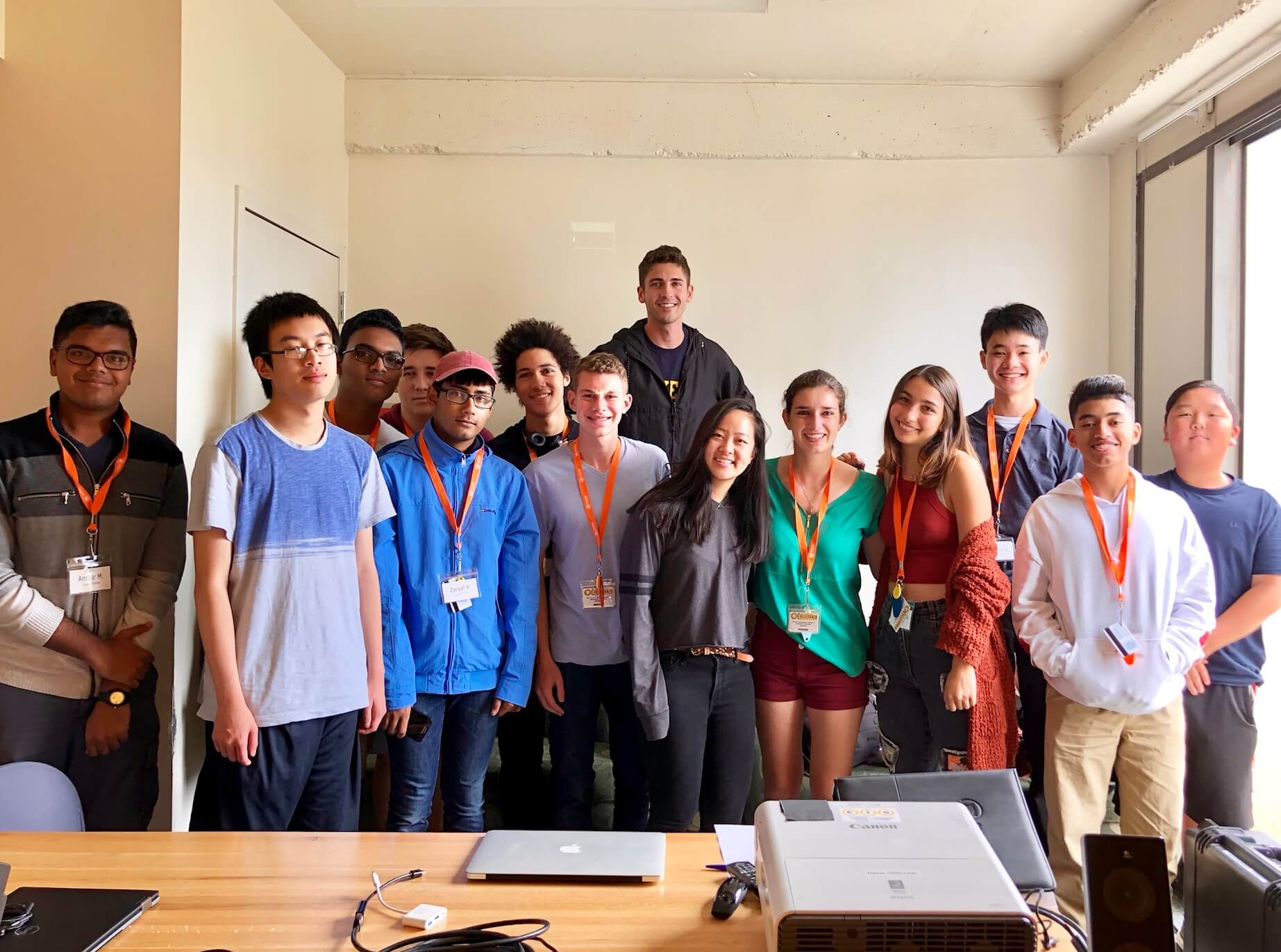We at Geekbears recently gave a presentation at Summer Springboard, a summer intensive for teenagers looking to explore opportunities in tech. In it, we talked about the power of empathy when it comes to building apps and products, and how creating something great takes more than just a good idea. It takes a deep understanding of the people that you are building for.
Powerful products and apps are aplenty these days to help us do practically any given task. There are, in fact, so many out there that it’s impossible for them to all coexist. So which ones are the ones that survive at the end of the day? Obviously there are many factors that can play into the success of a product: the right marketing, releasing at just the right time – the list goes on. One factor, however, starts before the product has even been fully conceived, and can be one of the biggest contributors to a product’s success or failure. This extremely crucial point in the creation of a product is known in the human-centered design process as the needfinding stage.
Our Lead UI/UX Designer, Joseph Fajnor, has years of experience with needfinding and building products from idea to prototype using human-centered design principles. His design process for any new product or app involves understanding the future user base, taking the time to talk with individuals and observe how a group of people interact and exist within the space of the problem trying to be solved.
Products fulfill needs. That is the core of why we as humans continue to create – we are constantly thinking of new ways to solve new and old pains. It’s not necessarily hard to solve a pain point in a quick and easy way, like slapping a bandaid on an infected wound, but these solutions don’t last long and, even worse, don’t address deeper issues at play. Here we see the emergence of “As Seen on TV” products. The creators of such products identify a common issue that people face, and then create a product that solves the issue at its most surface level, and while these solutions can be effective (and even fun) in the short term, they often don’t stick around long simply because they fail to treat the problem at a deep enough level. As time goes on, people become wary of how temporary and flimsy of a fix it is, and abandon it to seek out better solutions. It’s the truly innovative solutions that treat not only the surface pain but underlying symptoms or causes of the pain that grow to become very successful products in the modern day.
How does one come to such a solution, however? There are many different schools of thought for this, but one of the most recognized methods is through empathy and relation to the group facing the issue. It goes deeper than simply asking them what they want, however. As it is rumored that Henry Ford once said, “If I had asked people what they wanted, they would have said faster horses.” Often it can be hard for people to consider solutions to their own pain points because they are so entrenched in the context or struggle with it. Instead, identifying underlying causes or true pain points means sitting down and interviewing people who suffer from these pains, and trying to understand life from their eyes. Having them walk through their day, how they interact with the world around them, and even how they talk about their issues can be deeply revealing about what is truly going on behind the scenes. It is the job of the needfinder then to listen and take notes, then rinse and repeat until patterns begin to emerge. Through synthesizing all of what they are learning about the people they empathize with, it often becomes clear that what was originally thought to be the issue was only the surface and that the real fix, the one that will steer you towards a successful product, will reveal itself.

